Currently Empty: $0.00
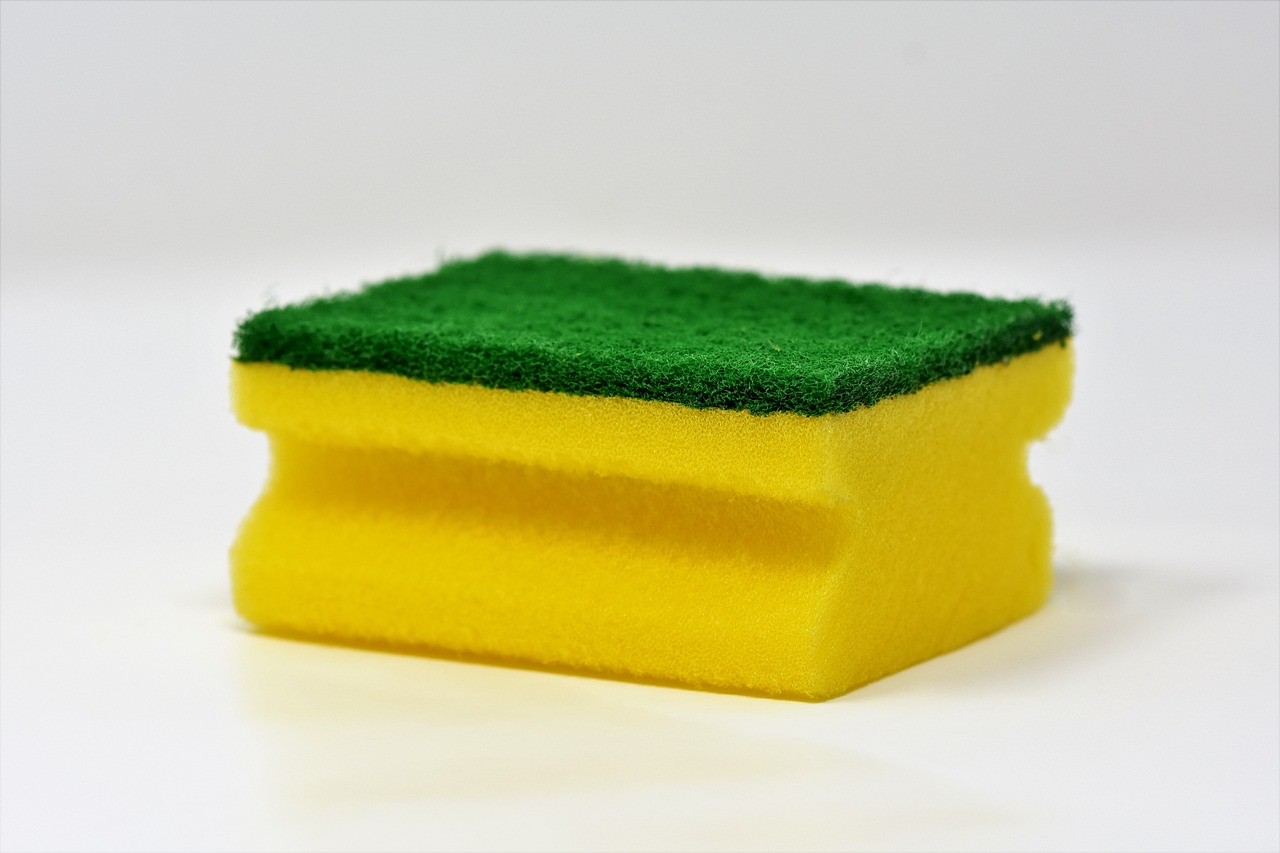
Not all cleaning sponges are created equal. The variety of sponges available may surprise you, with each type tailored to specific cleaning needs. Understanding the distinct characteristics of different sponges can help you select the best tool for your next cleaning task. Here’s a breakdown of five primary types of cleaning sponges and their unique attributes:
Five Types of Cleaning Sponges
1. Cellulose Sponges
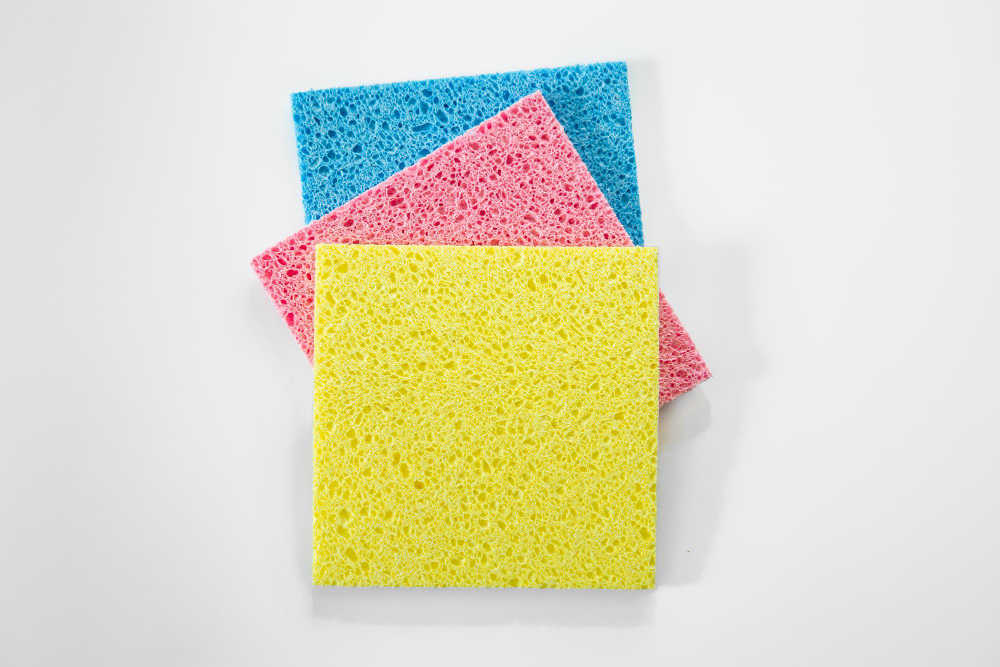
One of the most widely applied and inexpensive kinds is cellulose sponges. These can be seen everywhere-they come in bold colors and shapes, which fits well in caddies installed under sinks-and they are apt for most jobs around cleaning. They hold enormous absorption capacity, enough strength to work with heavy grime and low cost-of-use; indeed, a no-brainer item for many household chores.
Also Read : How Often Should You Have Your Chimney Cleaned?
2. Abrasive Sponges
“Abrasive sponges, a popular choice among the types of cleaning sponges, are ideal for tougher cleaning jobs. Most of these sponges feature a cellulose base layer bonded with a layer of abrasive material, while others are made of thin layers of abrasive sheets.
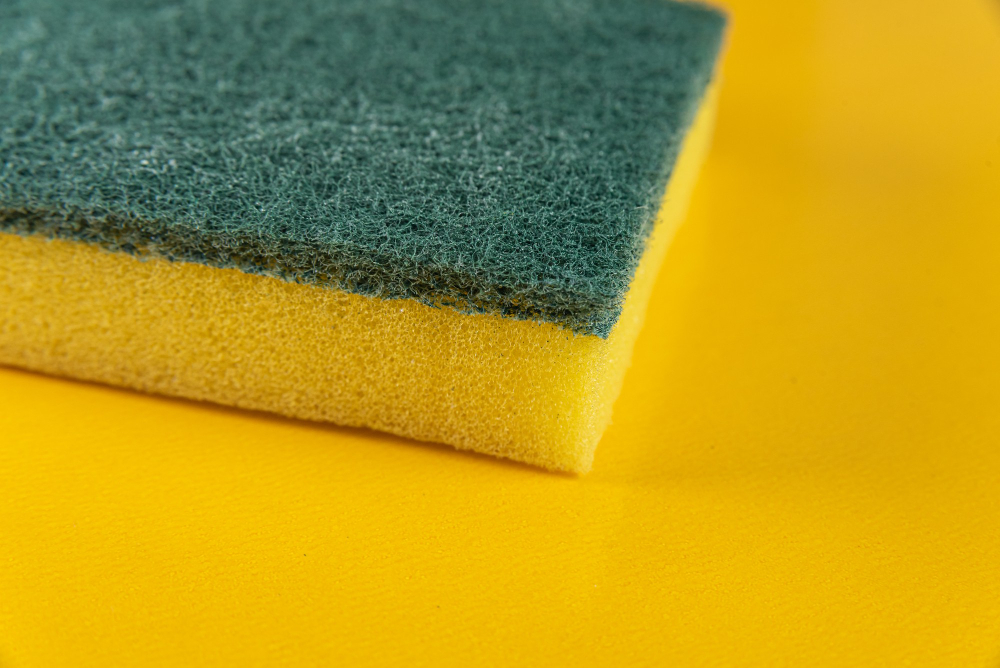
Color-coded toughness: Many abrasive sponges are color-coded to indicate toughness, but this is not uniform. Always check the package to ensure it is safe for your cleaning surface.”
Handle With Care: Avoid utilizing abrasive sponges on delicate surfaces such as glass or non-stick cookware, as the coarse material will do damage.
3. Compressed Cellulose Sponges
Otherwise known as pop-up sponges, these are pre-shrunk sponges that open up to full thickness when saturated with water, like a sponge does.
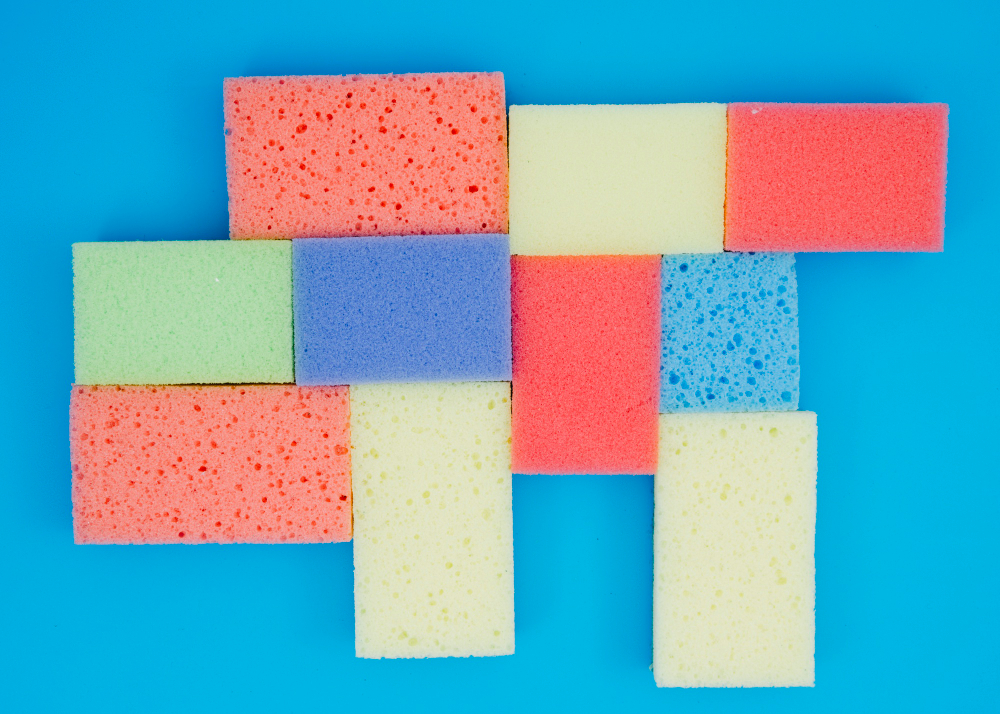
Eco-Friendly Appeal: Many compressed cellulose sponges contain no added soaps or biocides. Check this with the manufacturer, nonetheless.
A Luxury Choice: Although they are a favorite due to their usability and environmental advantages, compressed cellulose sponges are typically costlier than generic types.
4. Natural Sponges
Natural sponges are found in the ocean and are longer-lasting and much more durable when cared for correctly.
Specialty Application: These are not as accessible and are also more expensive; they can usually be found at home improvement stores or paint retailers.
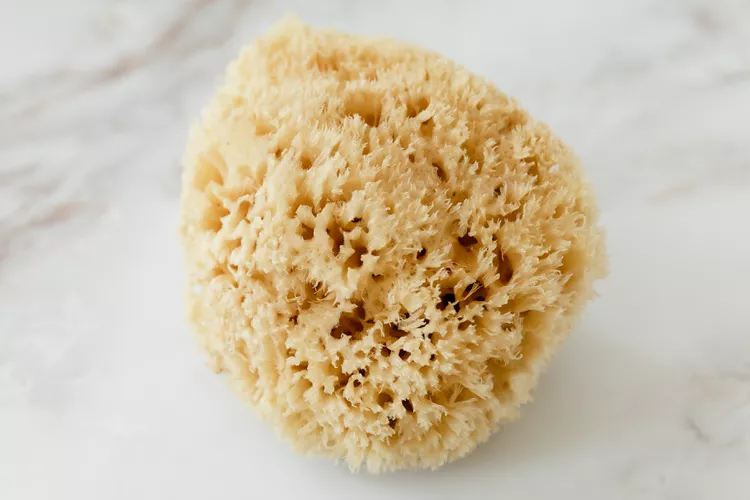
Eco-Friendly Option: Because they are organically sourced, they are a popular option for people looking for environmentally friendly cleaning agents.
5. Dry Sponges
Made from a soap-filled rubber-like material, dry sponges are made to be used without water.
- Damp-Free Cleaning: Suitable for surfaces that can’t stand moisture, these sponges are great for removing tough dirt in walls, ceilings, and upholstery.
- Storage Tip: Store dry sponges sealed in airtight plastic bags so they will not become rock-hard and therefore useless.
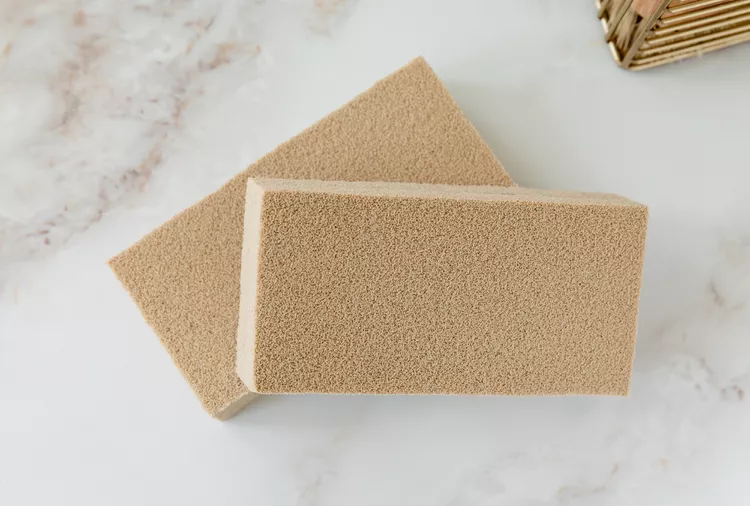
There is one to meet each different need of use, ensuring a sponge suitable for any cleaning chore. Using the appropriate sponge in a task is bound to streamline cleaning tasks into being both effective and efficient.


